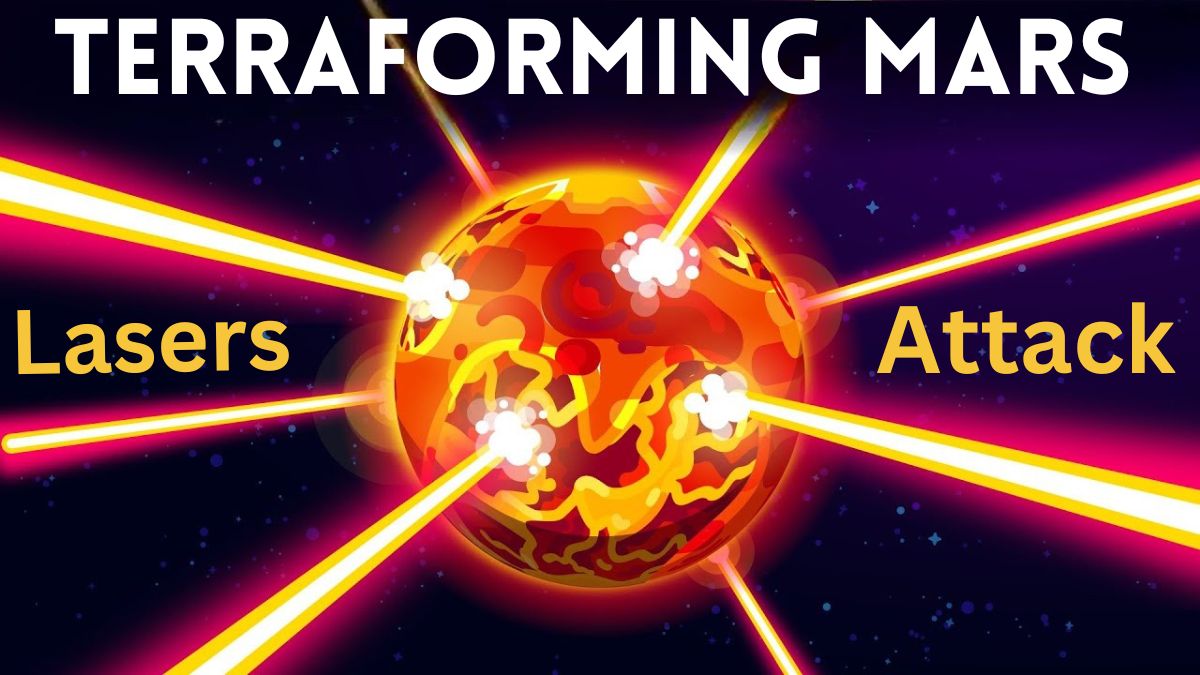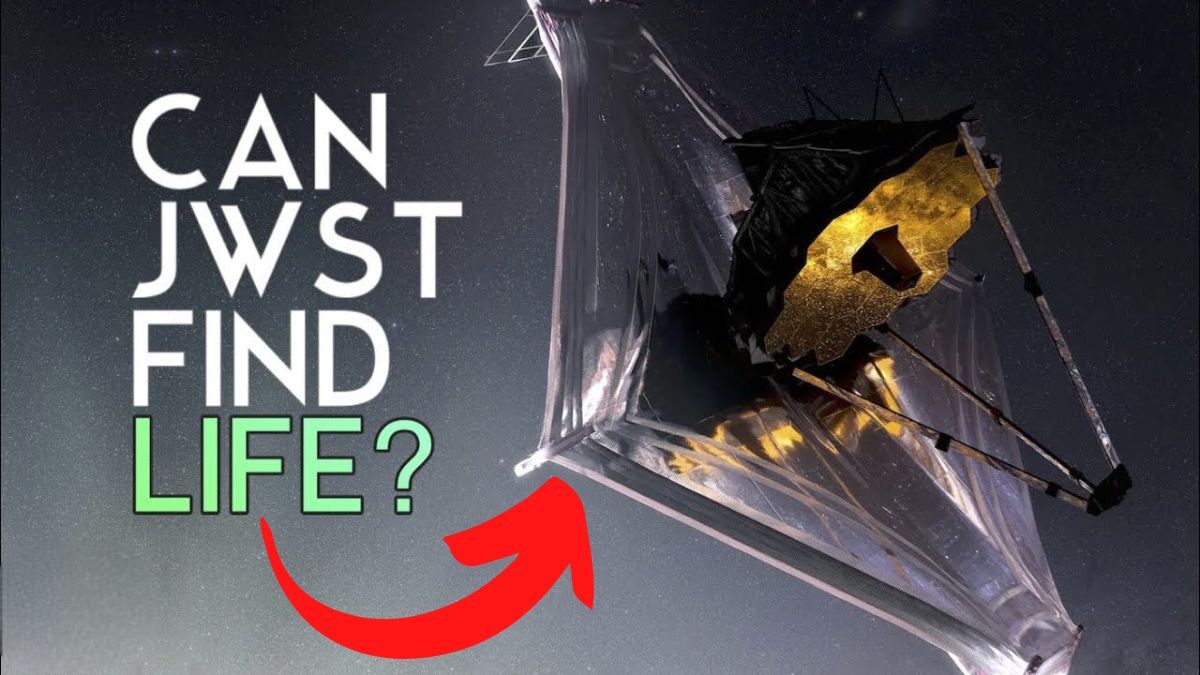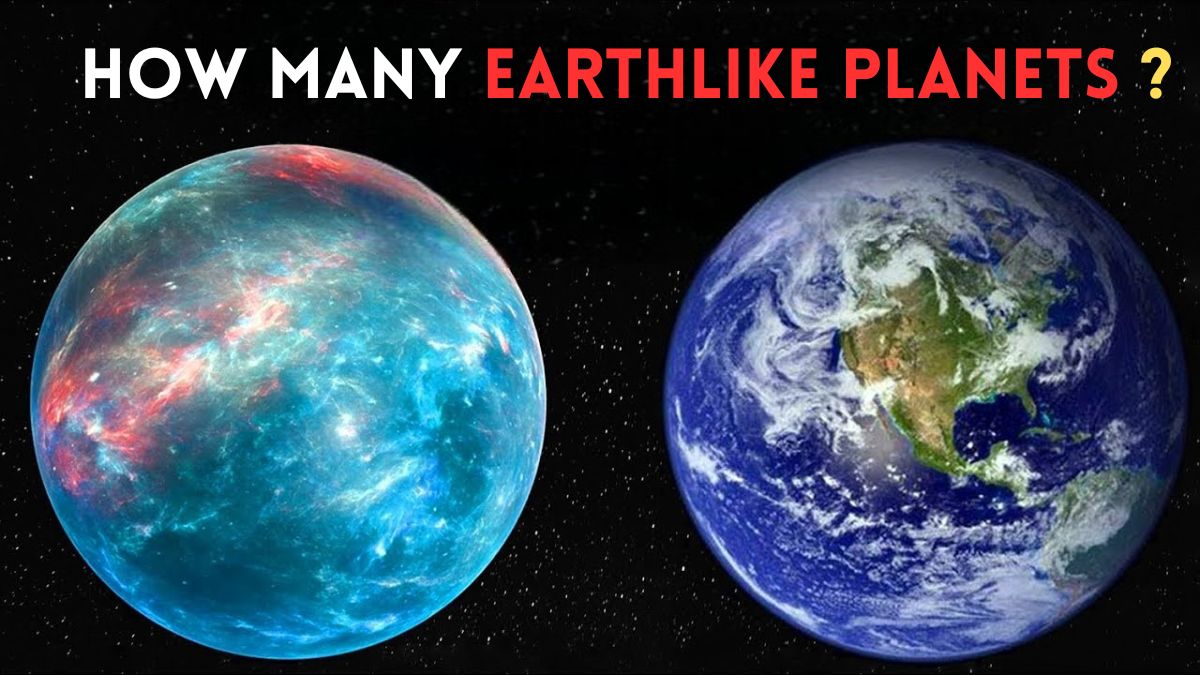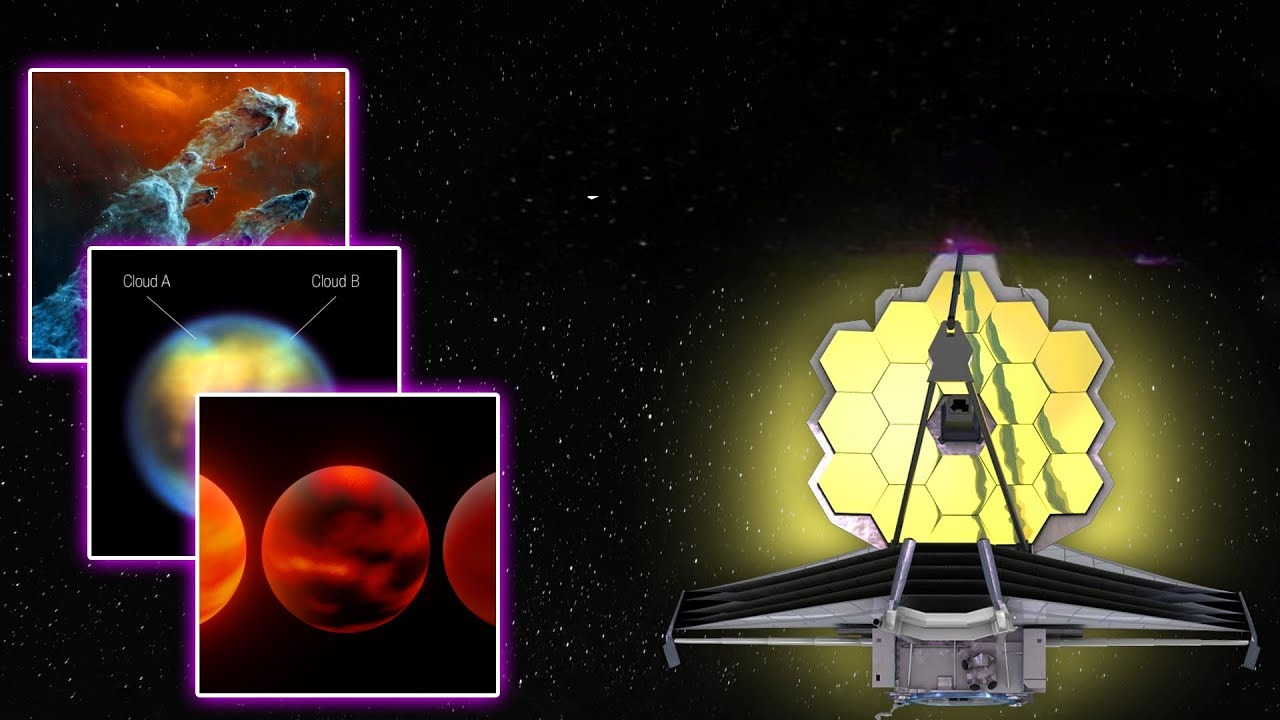
Mars is a disappointing hellhole that lacks virtually everything necessary for our survival.
It would appear that we will only ever have small teams spend miserable time underground.
But we could make it into a new green world by terraforming it.
However, in order to address the planet’s issues, we must first worsen it and use enormous lasers to turn it into lava oceans.
This is not some far-fetched piece of science fiction.
Mars can be terraformed in the same way that our ancestors built great monuments.
This may not be too far off if humanity tackles some of its pressing issues and ventures into space to expand into the solar system.
So, how can we quickly terraform Mars?
Well, it’s difficult.
Mars is dry and devoid of soil for plant growth.
It has a high risk of cancer because its atmosphere is too thin to breathe in or shield us from radiation.
Therefore, in order to make it a new home for humanity, we must provide it with a suitable atmosphere comparable to Earth’s.
At a temperature of 14 degrees Celsius and a pressure of one bar, it should be composed of 21 percent oxygen, 79 percent nitrogen, and a trace amount of co2.
After creating rivers and oceans, the ground needs to be weathered into fertile soil in order to support living things.
After that, we need to construct a biosphere on the surface and implement long-lasting safeguards to keep everything intact.
A big laser makes it much easier, but it’s hard.
Challenge 1: The Atmosphere
About 4 billion years ago, mars had a nice atmosphere with lots of oxygen and big rivers and oceans.
Before it was blown away, it held onto it for several hundred million years.
The oceans and atmospheric gases were decomposed by ultraviolet rays before being carried away by the solar wind.
Today, mars is a barren, dry desert.
Fortunately, deep reservoirs and the polar ice caps contain enough frozen water to form a very shallow ocean.
The martian rocks also contain a lot of oxygen bound in minerals, like the oxygen in iron oxides that give the planet its rust color and carbon dioxide in carbonates.
We need to use thermolysis, which takes place at temperatures as high as the sun’s surface, to reverse the reactions that keep these gases trapped.
Simply put, we want to melt the surface of Mars.
Placing lasers in orbit and directing their beams toward Mars would be the most effective approach.
The most remarkable laser today is the ELI-NP, ready to create light emissions petawatts of force, briefly.
We need a laser with twice as much power and continuous operation to melt Mars.
Using a solar-pumped laser that can be powered by sunlight directly is the simplest method: Glass rods infused with metal make up its core, absorbing energy and releasing it in the form of a laser beam.
We can focus enough sunlight onto an array of mirrors in space to melt Mars by building one 11 times larger than the United States.
Every cubic meter of melted rock yields approximately 750 kg of oxygen and some carbon dioxide when the lasers hit the surface.
Our lasers only need to melt through the top 8 meters of the surface to obtain sufficient oxygen, if we are successful.
It would look alarming.
Storms would cover the sky, and lava currents would cross the ground, turning the ground a fiery red.
Trails that are too bright to see are left by incessant laser beams that sweep across the landscape.
The ground quickly cools down after they pass.
Strange snowfalls occur: the ashes of all elements, including silicon and iron, solidify when they cool.
At this point, Mars is still a cold planet.
All of the water in the polar ice caps and even deep underground rises in the sky as hot steam, creating clouds that fall over the entire planet—a pleasant side effect of this blaze.
They would carry away harmful elements that had accumulated on the surface and remove the nastiest gases, like chlorine, from the atmosphere.
Eventually, they would shape shallow seas, saltier than on the planet.
After that, we might need to clean up in a different way.
Our oxygen atmosphere would be created by lasering continuously for approximately 50 years.
In order to preserve iconic features like Mons Olympus and Valles Marineris, we could take advantage of this opportunity to dig deeper in some locations to create the basins for salty rivers or oceans.
But we’re not done yet.
The resulting atmosphere has 0.2 bar and nearly no oxygen.
It is very flammable and difficult to breathe.
We need to add a lot of nitrogen to it to make it safer and similar to Earth; unfortunately, mars lacks nitrogen, so we must import it.
Titan, a large Saturn moon with an atmosphere made almost entirely of nitrogen, is the ideal source.
From the outer solar system to Mars, all we need to do is move 3000 trillion tons.
That is not simple, but it is doable.
In order to process that much of the titan’s atmosphere, massive automated factories must be built on the surface, powered by lasers, to take in the atmosphere and turn it into a liquid.
This is pumped into tanks in the shape of bullets, which are then shot by a mass driver all the way to the red planet, where they explode and mix with oxygen.
In just a few short years, we have already been able to send individual missions to Saturn.
The project ought to be finished in two generations with sufficient resources.
Obviously, it would be substantially more advantageous to have nitrogen left over from terraforming venus as an afterthought.
Therefore, approximately one hundred years after the beginning of the terraforming process, we now have a gas-rich, breathable atmosphere.
On the off chance that the freed co2 isn’t sufficient to warm it up to temperatures, we can stand, we simply add a few very ozone-harming substances.
Mars right now looks like a dark marble from all the cooling magma, spotted with developing seas and red patches where the old surface remaining parts are immaculate.
It is still a barren wasteland, comparable to an earthly desert.
It must be alive in our presence.
Challenge 2: BioSphere
It is very difficult to set up a biosphere on a new planet.
It can become completely unstable due to sudden diseases or unexpected interactions between species.
Probably the first thing we would do is plant phytoplankton in our new oceans.
It would rapidly bloom if there was no competition, overflowing the oceans and becoming the base of an aquatic food chain.
They might be followed by fish, then by tiny zooplankton.
Perhaps sharks and whales.
Ocean life will flourish if everything goes according to plan.
Land life is harder.
Plants can only root in soil that is rich in nutrients.
However, the congealed remains of lava and ashes cover the majority of the surface.
We could try to do it manually or wait thousands of years for it to be ground down by water and wind into finer sands.
However, we have a large laser and want to move quickly.
The ground would rapidly heat up and contract when the beam was turned on and off simultaneously, breaking it into smaller and smaller pieces.
A dark mud-like substance forms when a little water is added.
Into this mud, we can blend organisms and nitrogen-fixing microbes.
They are capable of converting nitrogen into nitrate compounds that can be fed to plants.
Since they are well-suited to the laser-blasted martian landscape, the first plants we want to introduce are those that are native to volcanic islands on Earth.
Eventually, grasslands and forests are built on top of the enriched mud.
In blemishes’ lower gravity, trees can turn out to be extremely tall exceptionally quickly.
A self-sustaining ecosystem is formed by their roots, which first collect the nutrients they require and then dig deeper to transform additional rocks into soil.
We can now gradually introduce additional plant varieties, insects, and animals, but not mosquitoes.
In order to keep the new biosphere in balance, it must be maintained.
The planet cools too much when plants grow too quickly and absorb too much carbon dioxide.
We could see populations collapse faster than they could recover if key species disappear.
On Earth, other species would move in to fill the void, but the biosphere on Mars is not as adaptable.
It requires hundreds in the event that not millennia before damages become a steady climate.
However, the planet will eventually be able to support numerous large human colonies.
We can finally call the black, blue, and green planet Mars our home now that we have access to oxygen, water, and food.
a massive space-based volcanic island.
Challenge 3: Long-Term Future
There is a problem we haven’t solved: Because the core of Mars does not produce a magnetic field, it does not provide sufficient shielding against solar and cosmic rays.
This poses a threat to the long-term well-being of the martian population.
Therefore, an artificial magnetic field is required as the final step.
It doesn’t have to be as big as the Earth’s.
It only needs to sufficiently deflect the solar wind to avoid touching Mars.
The simplest method is to construct a magnetic umbrella that scatters the solar wind to the sides and is far ahead of Mars.
All that is required is a huge superconducting ring that is powered by nuclear facilities.
It would orbit at the l1 point between Mars and the sun, keeping it always between Mars and the sun and safeguarding the new atmosphere, and that would be safe!
It would be our first time living in a home designed and shaped entirely by us and for us, but terraforming Mars would require a lot of effort, a lot of resources, and probably a century or ten.
The first step we can already take here on Earth is understanding more about the physics and biology required for such a project. You can know more by exploring this website.
Read More:







